The best bench vise for your workshop has the right features to make every DIY project easier.
Our editors and experts handpick every product we feature. We may earn a commission from your purchases.Learn more.
The best bench vise for your workshop has the right features to make every DIY project easier.
Our editors and experts handpick every product we feature. We may earn a commission from your purchases.Learn more.
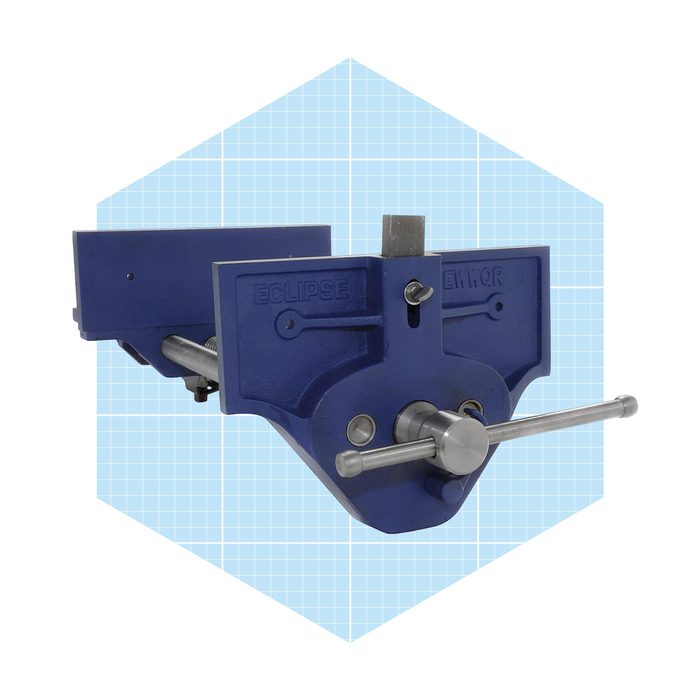
Pros:
Cons:
With a spring-loaded, quick-release feature, the Eclipse bench vise is known for its smooth mechanism that moves the jaws quickly to either anchor work or release it. The Eclipse is designed with a “toe-in,” meaning the top edge of the sliding jaw tilts slightly forward to avoid top-to-bottom racking.
A favorite vise of professional tool maker, Chris Black, he notes, “The vise jaws toe-in markedly at the top, guaranteeing positive hold no matter how forcefully the screw is tightened.” This vise is also known for its ease of use and features a built-in dog that extends when needed.
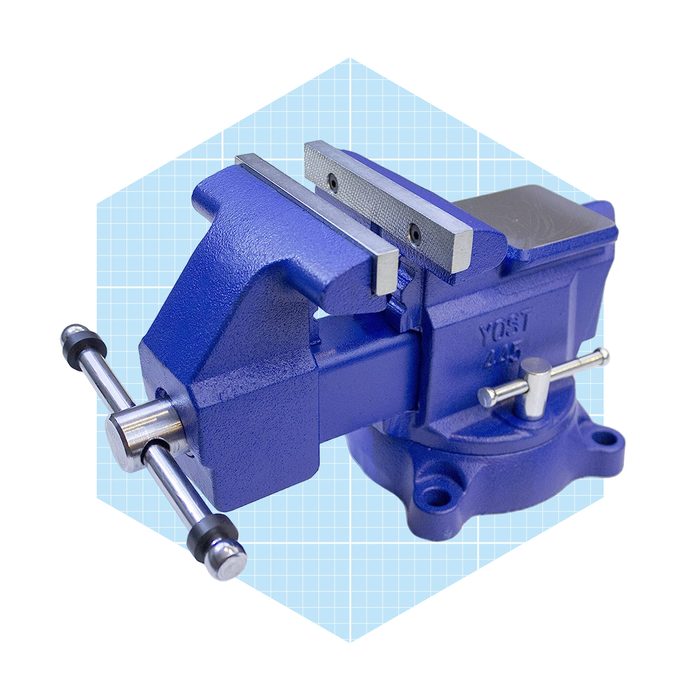
Pros:
Cons:
The best budget vise we found is the Yost Vises 445 bench vise, featuring a 360-degree swivel base so you can work in any direction you find comfortable. Its clamp pressure securely holds down your workpiece. Made from high-quality cast iron and machined steel, this vise features a pipe and bench combination design, letting you use it in various ways to hold items of different materials.
The bench vise comes in an array of sizes from 4.5 inches up to 8 inches, making it easy to secure workpieces of most sizes—the smallest one has a jaw opening of 4 inches and a jaw width of 4.5 inches. This Yost model is the best value with its swivel base, clamping force and versatility to work with pipes and wood.
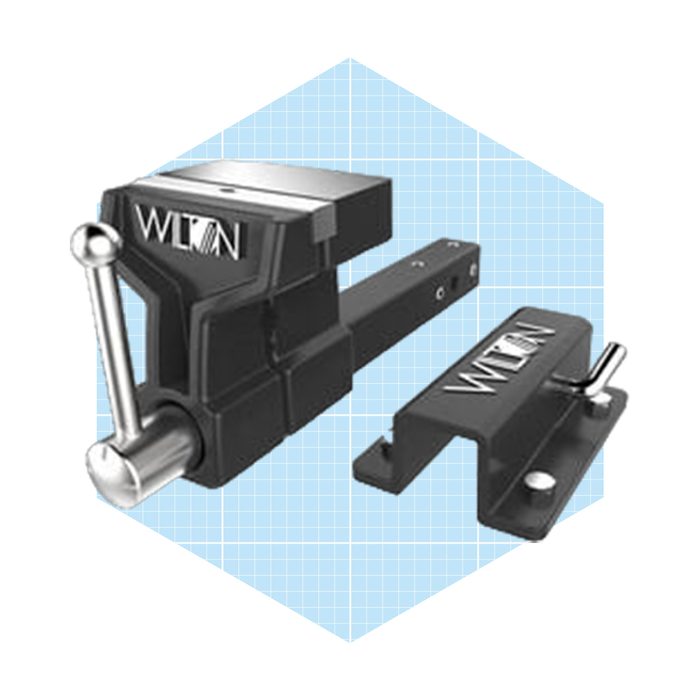
Pros:
Cons:
The Wilton bench vise is ideal if you want a mobile option to take to work sites, have limited space on your workbench or only need a vise sporadically. The all-terrain vise can be mounted to a tow hitch on a truck or temporarily mounted to a workbench.
Whatever you lock down is not going anywhere, as the vise is held in place by a hitch pin and four adjustment bolts to ensure an exceptionally tight fit. Made of powder-coated enamel steel, the vise has an integrated pipe jaw in addition to the 6-inch jaw width, touting 1 ton of clamping force.
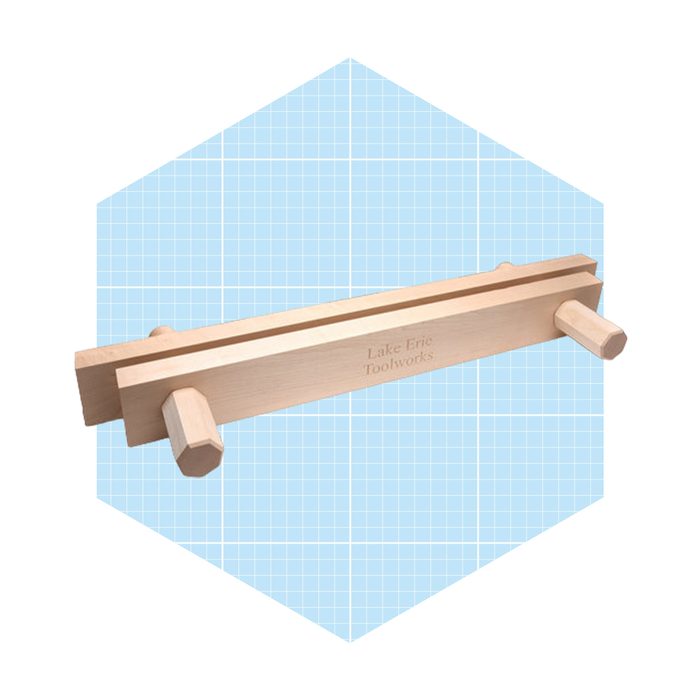
Pros:
Cons:
If you’re building a dream workbench, you’ll want to anchor it with this Lake Erie vise (aka portable twin screw vise). Smooth and easy to operate, the vise is ideal for woodworkers who want to hold wide boards and panels, dovetail or mortise and tenon joinery, casework projects and planing drawers to fit.
The jaws stay parallel even with clamping a 24-inch wide panel between the vise screws. The hard maple vise consists of two jaws, threaded wooden screws and chamfered handles. Plus, the oblong-shaped clearance holes for the screws allow you to clamp tapered work. Easily portable, this vise clamps to any workbench or table surface.
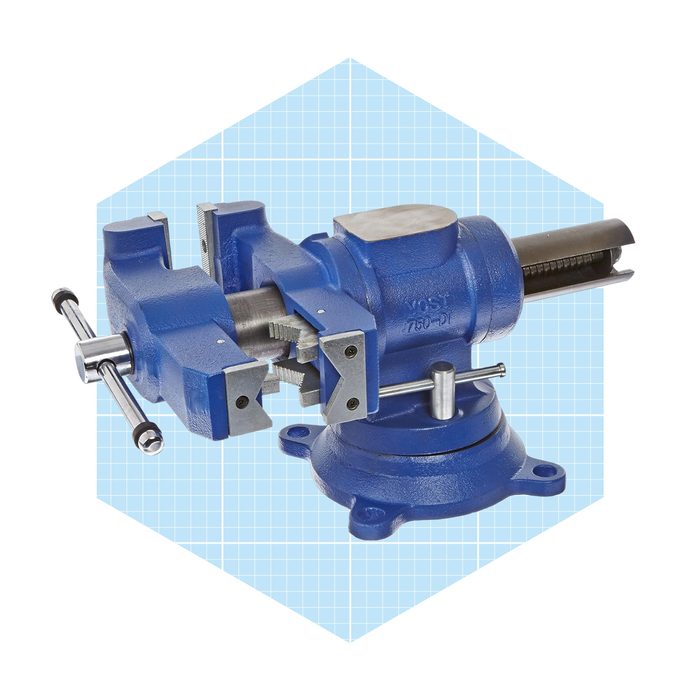
Pros:
Cons:
Many vises are made of standard cast iron that can be brittle and have zero flex potential. On the other hand, the Yost 750-DI Series is made of ductile iron, which is much more flexible and can withstand higher loads without breaking. A unique feature is the multiple jaws: an integrated pipe jaw, V-shaped jaw and 5-inch wide main jaws. The 360-degree swivel base is ideal for oddball pieces or to get a better angle. The vise can be made portable with a simple DIY: Mount it to a stout board and clamp it to your bench when needed.
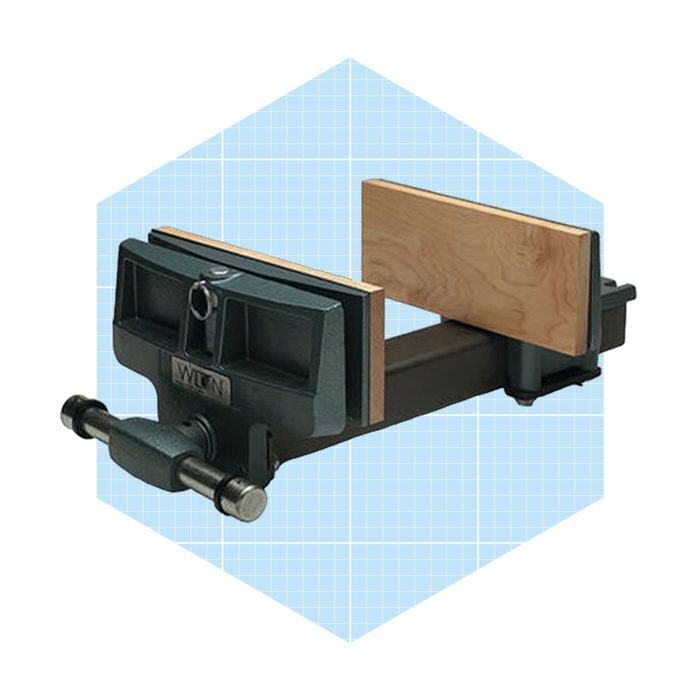
Pros:
Cons:
This bench vise clamps pieces vertically without getting guide bars in the way. The self-centering jaw ensures a strong hold on workpieces, and the front jaw pivots 10 degrees for irregular shapes. A set of magnetic maple jaw inserts are included to prevent marring of your piece.
Jim Ashley from Wood Lab uses this Wilton vise on his workbench and prefers it for the “single thread without the extra guide bars and also its quick-release design.” The jaw width is 7 inches with a max opening of 10 inches. The threaded rod is housed in a heavy steel channel, protecting it from grime and debris.
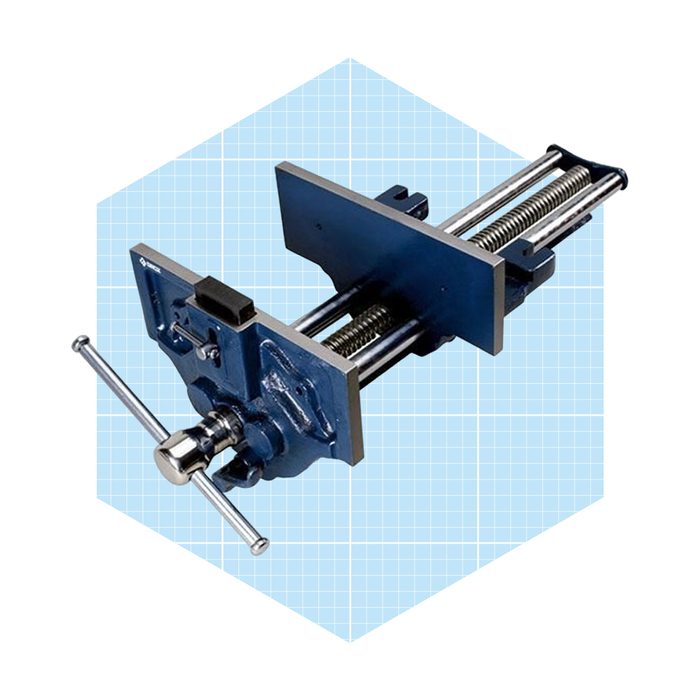
Pros:
Cons:
Workshop warriors: Look no further than the Groz vise that moves smoothly with a quick-release mechanism for easy operation. A single press of the trigger initiates the front jaw to slide freely, so you can quickly position your piece with one hand while tightening the vise with the other. The moveable jaw slightly tilts inward for excellent vertical alignment, and the chrome-plated twin guide bars prevent racking. Screw holes on the jaws make for simple attachment of wood jaw liners to prevent marring of softer woods. To top it off, this vise has a jaw width of 10.5 inches and an opening capacity of 15 inches.
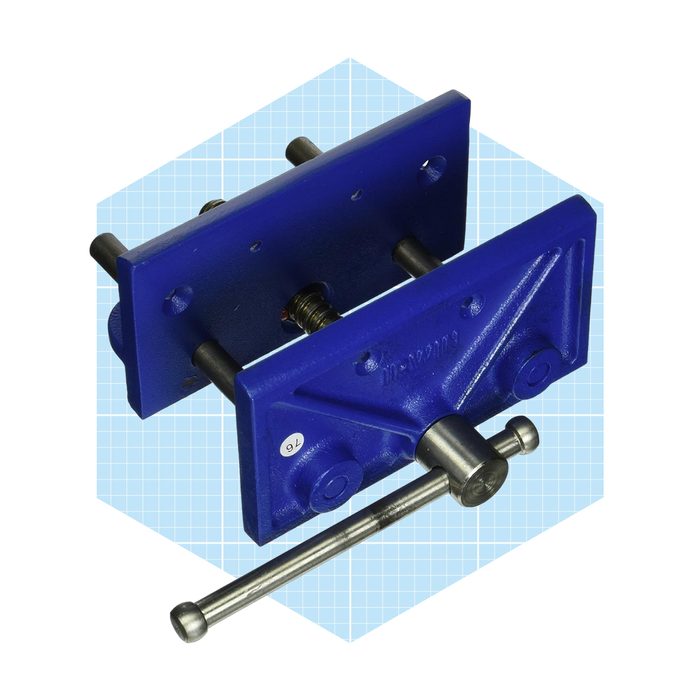
Pros:
Cons:
The Irwin woodworking vise is best for light DIY needs and is priced for the beginner, which is ideal for the novice woodworker and professional who just needs an extra vise for smaller jobs. The clamp holds well and sits flush with the front of the workbench. Plus, its compact size fits in any workshop. The 4.5-inch jaw capacity is helpful for light to medium workloads, but not the best for heavy-duty projects. Keep in mind that you’ll need to supply your own mounting screws and two pieces of wood between the vise and the workpiece.
I have more than a decade of experience as an award-winning woodworker, teaching artist and writer covering a range of topics including home improvement, tool selection and home decor. Through Charms Woodworks, my one-woman woodworking shop, I specialize in furniture construction using fine joinery techniques and lead workshops on toymaking and STEM projects.
For this piece, I consulted with experts Chris Black and Jim Ashley for additional insights into the best bench vises. Chris Black is a professional toolmaker and machinist. He’s been in the business for more than 45 years. Jim Ashley is the founder of The Wood Lab, a site where he shares his journey in woodworking.
As a veteran woodworker and DIY enthusiast, I understand the importance of a bench vise that will last a lifetime. Drawing on my experience and consulting with expert tool makers, I carefully considered dozens of vises, selecting the best options from established brands.
My evaluation took into account factors such as material, throat depth, jaw width, mounting features and customer feedback. I included a range of vise styles suitable for various work styles, whether you’re a DIYer in a home workshop, a plumber, an automotive hobbyist or simply someone in need of a solid, well-made vise.
A bench vise operates by utilizing two main jaws—a stationary jaw and a movable jaw—that are mounted on a workbench or sturdy frame using bolts or clamps. These jaws are designed to securely grip the workpiece, providing stability and allowing you to work on it with your hands free.
Choose the location where you want to mount the vise on your workbench. Right-handers should mount a bench vise at the far left of the bench’s front edge, and southpaws will want to do the opposite. If the bench top is at least 2 inches thick, lag screws and washers are the best mounting option. If your top is less than 2 inches thick, install the vise with carriage bolts and secure it with nuts and washers under the vise carriage.